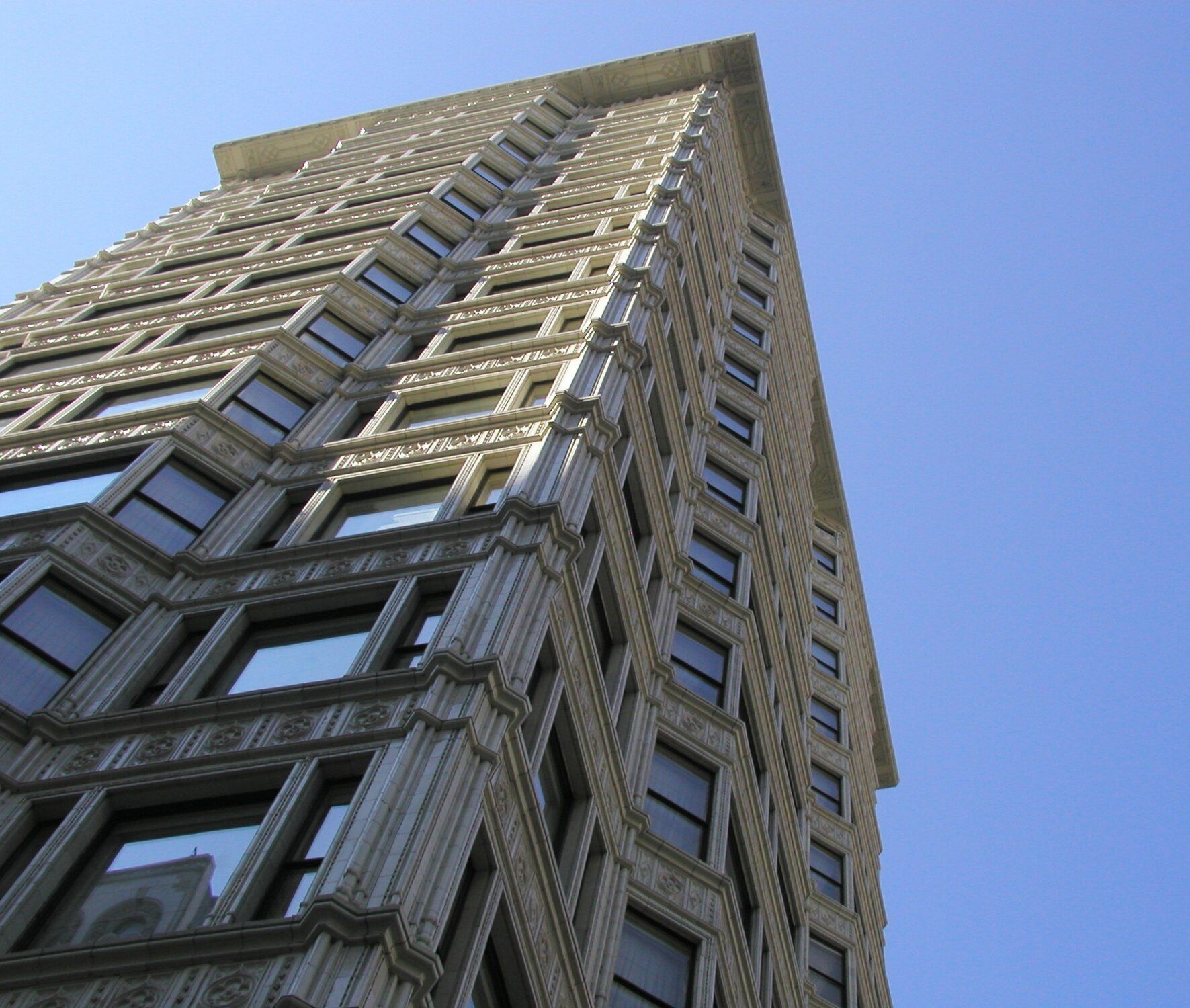The Wrigley Building is so recognizable, it hardly needs an introduction. It stands proudly where Michigan Avenue crosses the Chicago River, a luminous white beacon known the world over as a beloved symbol of Chicago’s preeminence in architecture and commerce.
Gateway to the Magnificent Mile
When Michigan Avenue was extended north of the river, it opened up a gritty landscape of small buildings and industry to a complete transformation. Chewing gum magnate William Wrigley Jr. touched off the boom when he decided to build a new headquarters for his company on an oddly shaped lot west of Michigan Avenue and just north of the river. It was the first, and quite possibly the finest, of the buildings that have come to define the Magnificent Mile.
A Vision in (Six Different Shades Of) White
Such a prominent site demanded a notable building, and architects Graham, Anderson, Probst & White delivered. Modern in its height and steel-frame construction, the Wrigley Building's facade nonetheless bears the weight of history. When Wrigley was just starting his chewing gum company he debuted Juicy Fruit gum at the 1893 World’s Fair, and he never forgot the famed White City or its nighttime light displays. Those memories live on in his namesake building. Six different shades of gleaming white terra cotta become brighter as the building rises, and its facade is illuminated at night.
A second tower was commissioned shortly after the completion of the first, presenting a harmonious front to Michigan Avenue. The two buildings are linked by a third-floor bridge. They’ve been immaculately maintained since completion with regular cleanings to keep them sparkling white. A thorough restoration followed the Wrigley Company’s recent sale of the building, and it received official Chicago Landmark status in 2012.
Did you know?
Wrigley no longer maintains offices in the building, but the name can never be changed, thanks to a stipulation made when the building was sold.
Did you know?
The Wrigley Building has been continuously floodlit since its completion, with three exceptions: during World War II, amid a project to replace the lights in 1971 and during the energy crisis of 1973-74.
Did you know?
The Wrigley Building was the first air-conditioned office building in Chicago.
Did you know?
The pedestrian plaza between the buildings was built in 1957 after nearby factories producing soap and cheese closed, eliminating nuisances that would have driven away visitors.
Did you know?
In order to comply with laws against branch banking in Illinois, the 14th-floor bridge between towers was constructed to link two bank offices.














